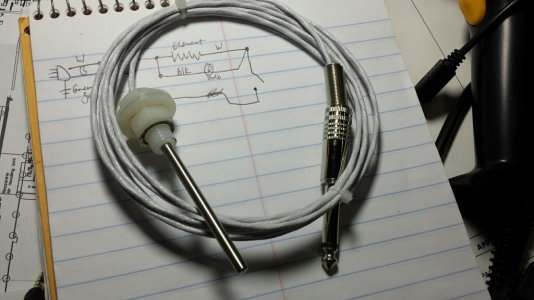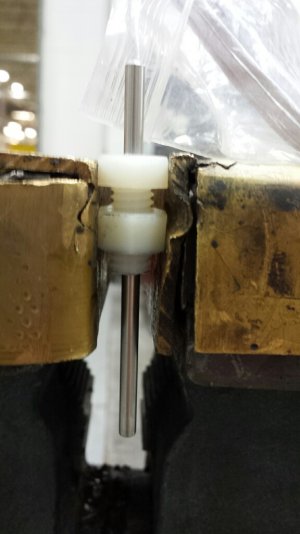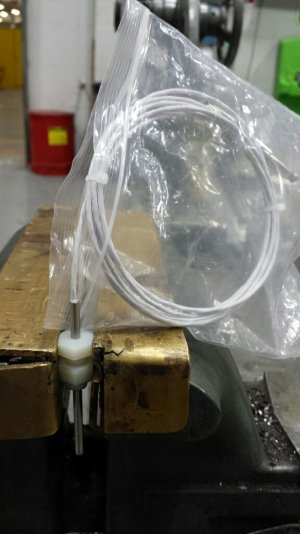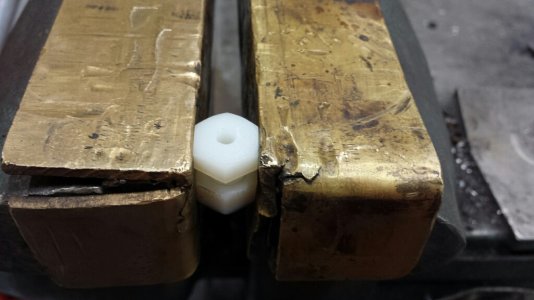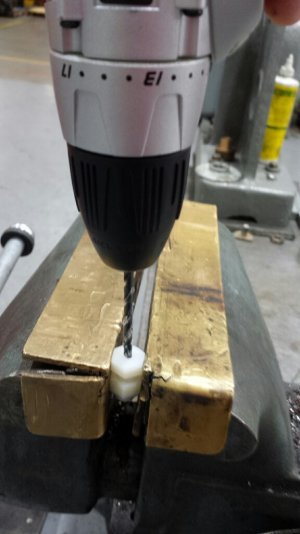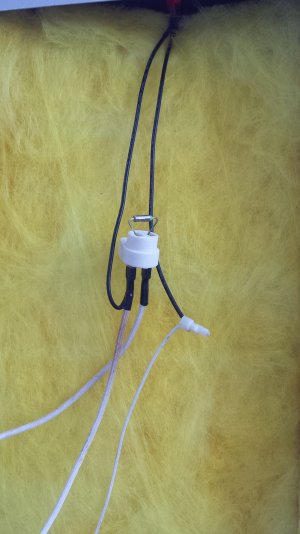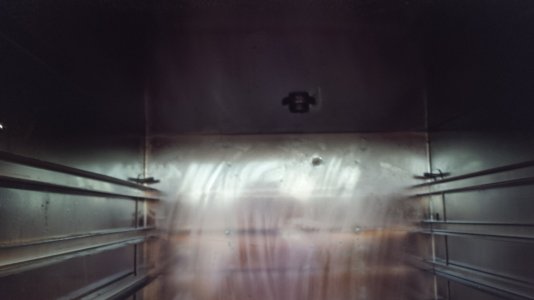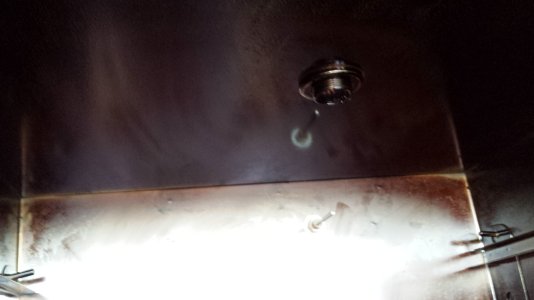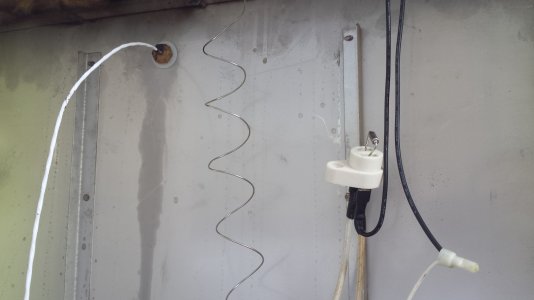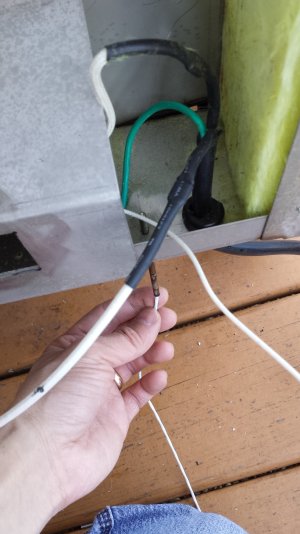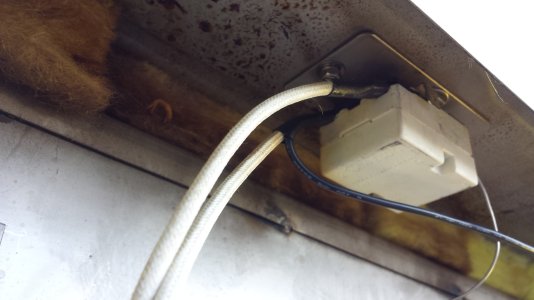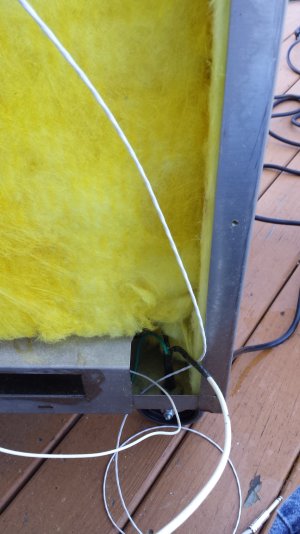paidin
New member
Hi guys,
after reading posts on here about how to mount the permanent mount probe, I thought maybe there might be a way to utilize the one that comes with the auber. That probe is about 0.16" thick. I bought some nylon bolts and nuts and washers for a little over $2 at home depot. I plan on drilling 0.16" down the middle of the bolt and stick the probe through it, then mount the bolt/probe assembly like everyone else does using washers and nut to secure. I have some pics of the stuff and will post pics after I surgically remove the middle of the bolt.
after reading posts on here about how to mount the permanent mount probe, I thought maybe there might be a way to utilize the one that comes with the auber. That probe is about 0.16" thick. I bought some nylon bolts and nuts and washers for a little over $2 at home depot. I plan on drilling 0.16" down the middle of the bolt and stick the probe through it, then mount the bolt/probe assembly like everyone else does using washers and nut to secure. I have some pics of the stuff and will post pics after I surgically remove the middle of the bolt.

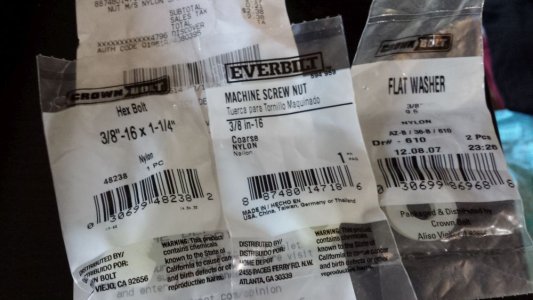
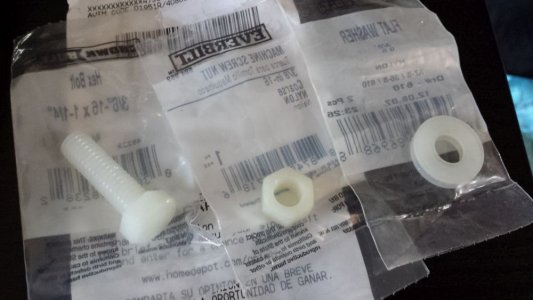
 The hole should be the same either way.
The hole should be the same either way.